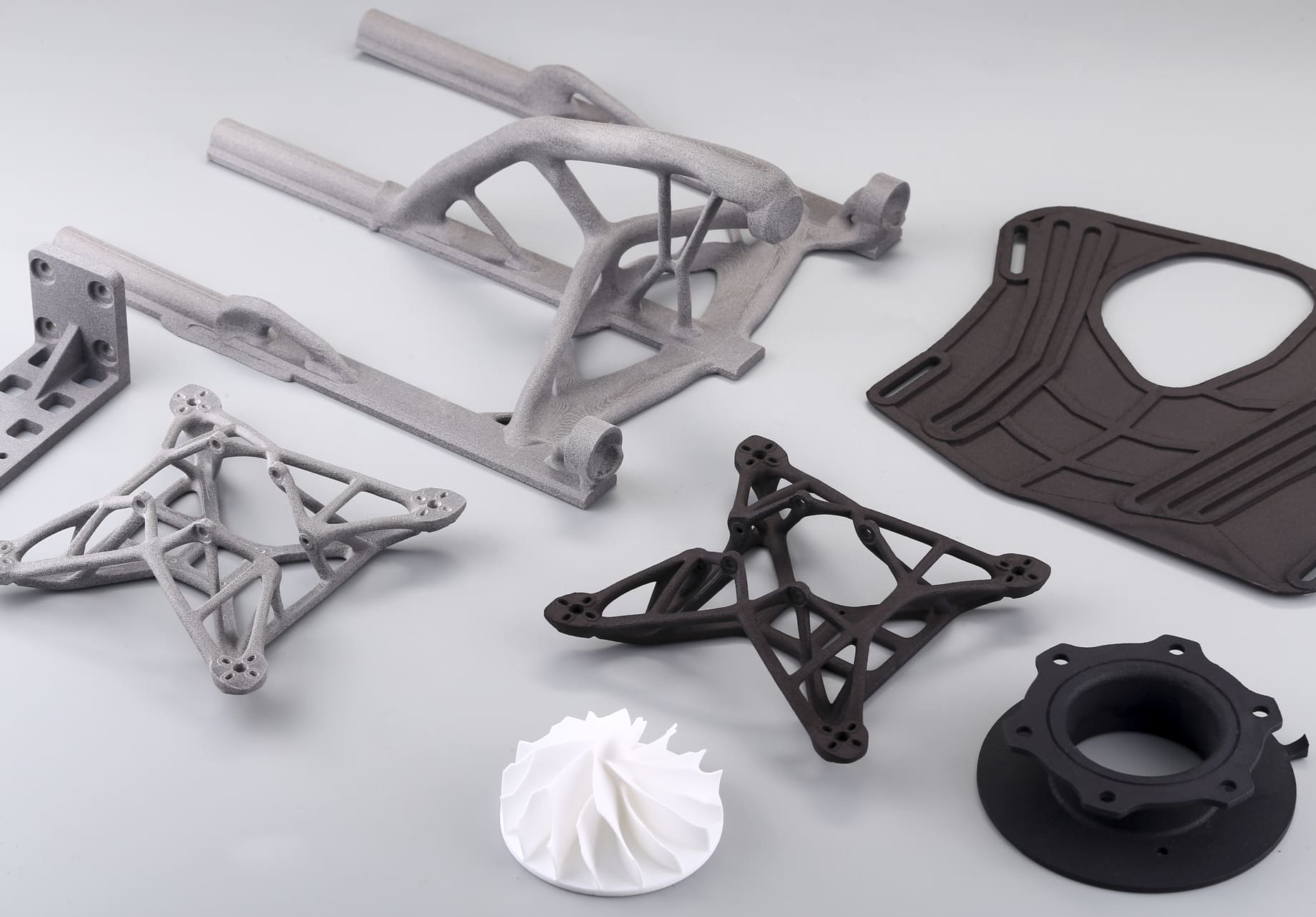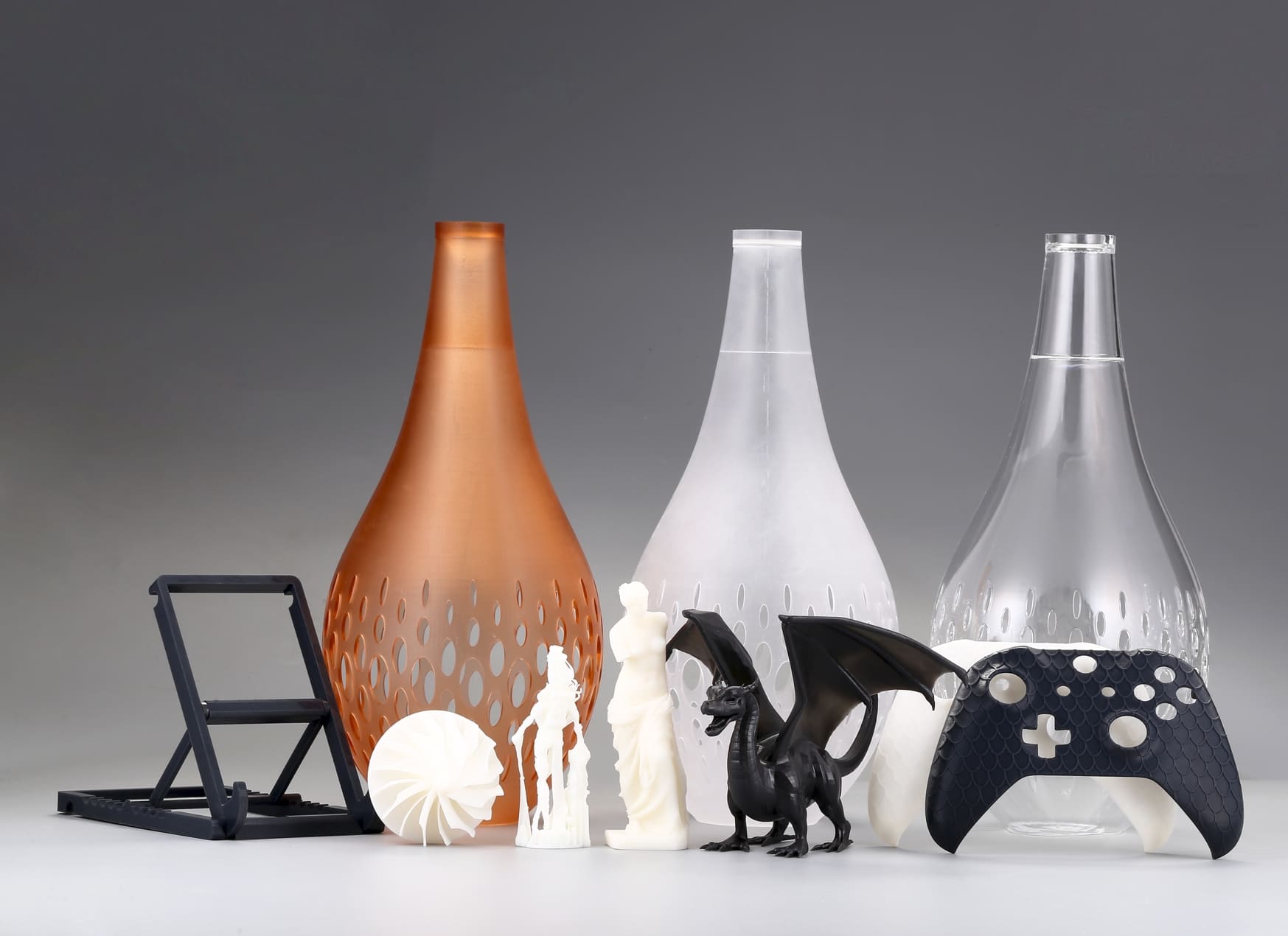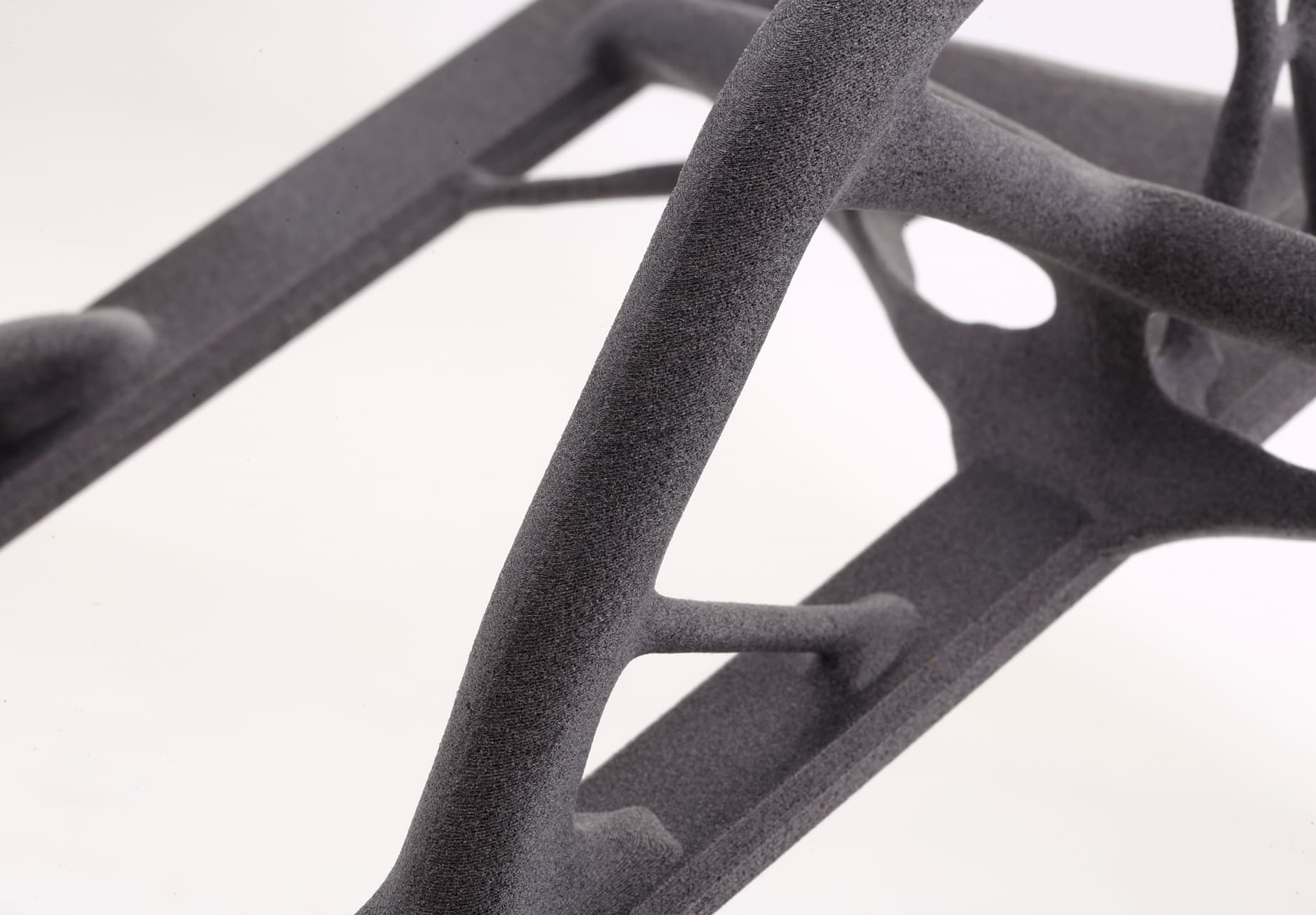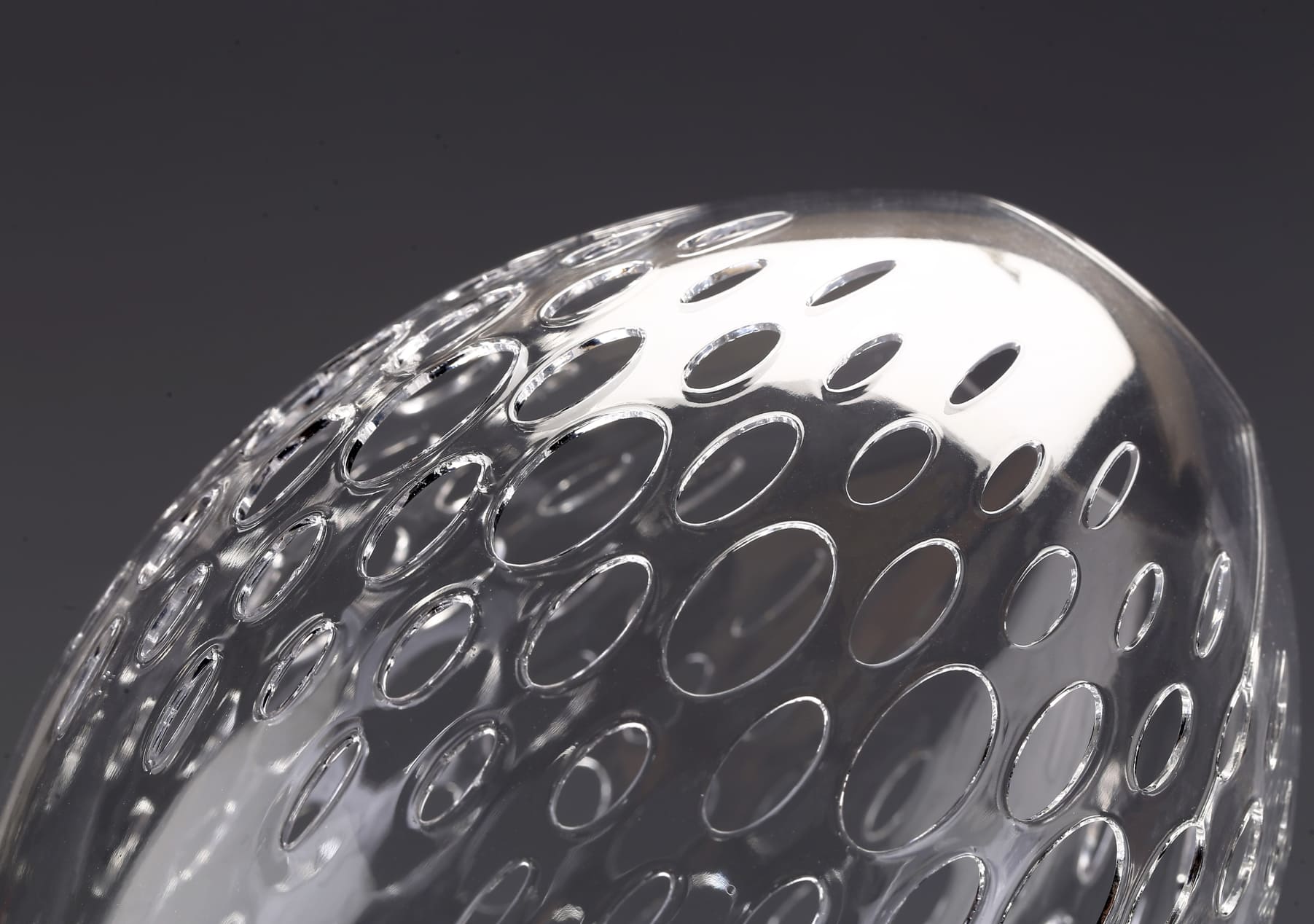3D Printing is a Great DIY Tool
DIY fixes are changing how we fix broken or missing parts due to 3D printing. No longer will people need to scrap a device or wait weeks for costly replacements. Instead, they can 3D print custom and very accurate items for their specific requirements: from a cracked hinge to a worn gear to a specialized fastener. Whatever you need, you can duplicate or reimagine it using long-lasting and affordable materials, thanks to 3D printing.
3D printing allows the democratization of manufacturing and brings everyday problem-solving into a creative realm, embracing sustainability and cost-efficiency. It ensures that niche repairs, bridging the gap between innovation and accessibility, will no longer be unaffordable. And with no doubt, 3D printing will surely be handy in building the Bule Compass replacement part!
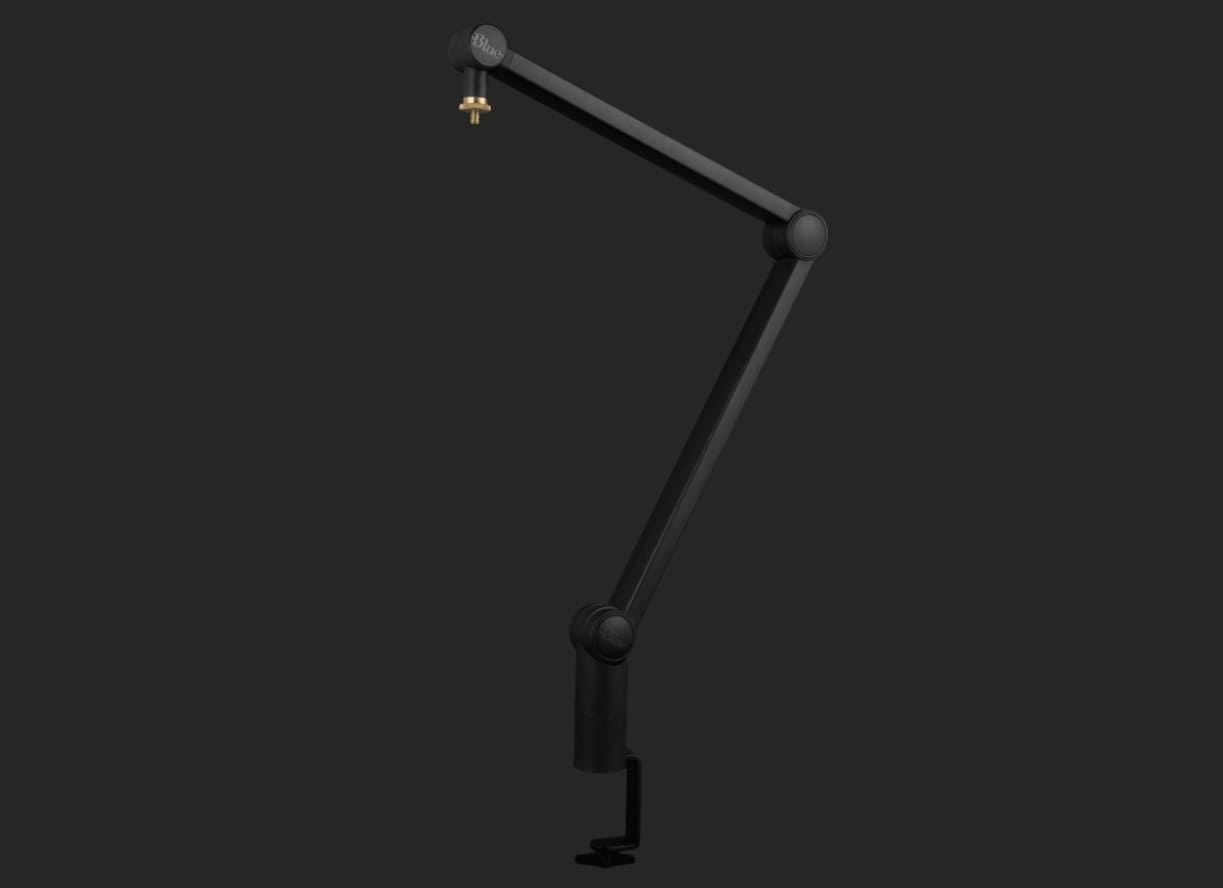
Image Source: Logitech
Identify the Broken/Missing Part
|
Step |
Action |
Details |
|
1 |
Conduct a Visual Inspection |
Check the device for external damage (cracks, splits, warpage) in high-stress zones like hinges, joints, or fasteners. Use a flashlight or magnifying glass for small parts. |
|
2 |
Test Functionality |
Operate the device to determine where the problem is occurring. Things to note: does it wobble, jam, or not hold position? Symptoms include loose movement = worn hinge. |
|
3 |
Disassemble Carefully |
Use appropriate tools (e.g., screwdrivers, pry tools) to take the device apart. Store screws and parts in labeled containers to avoid confusion. |
|
4 |
Document the Assembly |
Take pictures or make a sketch of components going back together to understand how they fit. Show which part is broken or missing. |
|
5 |
Compare to Original Design |
Look at the schematics, user manuals, or online sources (e.g., manufacturer's product page) to ensure you have the part's dimensions and purpose correct. |
|
6 |
Confirm Replacement Needs |
Note that the damaged/missing part is a candidate for 3D printing (non-electronic, load-bearing capacity that matches printable materials). |
Sources of 3D Printed Blue Compass Replacement Part
We have found several 3D models of Blue Compass replacement part:
1. Joint Replacement
Ideal for restoring pivot functionality. [Download here].
2. Clamp Pad
Provides a secure grip for mounting. [Download here].
3. Replacement Screw & Pin Set
Fix loose connections with precision hardware. [Download here].
4. Bottom Hinge
Stabilizes the base structure. [Download here].
5. Actuator Tensioner Sleeve
Maintains consistent tension in moving parts. [Download here].
Can’t find what you need? Expand your search using these 3D printing platforms:
• Thingiverse | Printables | Thangs – Search keywords like “Blue Compass hinge” or “microphone arm clamp.”
• Yeggi – A meta-search engine aggregating results from multiple sites.
• MakerWorld – Great for user-tested, functional designs.
• Reddit Communities (e.g., r/3DPrinting, r/FunctionalPrint) – Seek advice or request custom models.
If no existing model matches your part, collaborate with designers on forums or use free CAD tools to create your own.
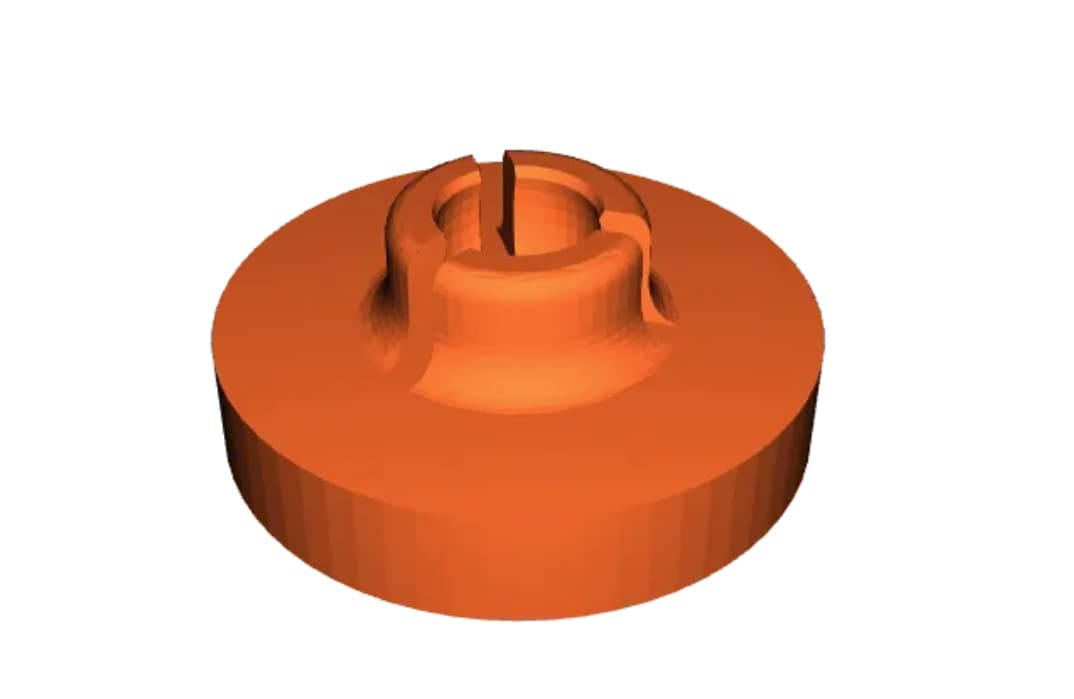
Image Source: Alvin Wong (Printables)
Material Selection
|
Materials |
Best for |
Pros |
Cons |
|
Non-load-bearing parts (e.g., cable clips, decorative covers). |
Easy to print, available in color-matched blue, affordable. |
Less durable under stress or heat. |
|
|
Structural components (e.g., clamps, hinges, brackets). |
Strong, flexible, and resistant to impacts and moisture. |
Requires higher printing temps (~230°C). |
|
|
Heat-resistant parts near electronics (e.g., mounting brackets). |
High durability, heat tolerance, and UV resistance (ASA). |
Prone to warping; requires an enclosed printer. |
|
|
Cushioned components (e.g., clamp pads, anti-slip grips). |
Flexible, shock-absorbing, and wear-resistant. |
Challenging to print on non-flexible setups. |
|
|
Nylon |
High-stress mechanical parts (e.g., actuator sleeves). |
Extremely tough, abrasion-resistant, and long-lasting. |
Hygroscopic (absorbs moisture); needs dry storage. |
Printing Tips
When designing and printing functional parts, optimizing print settings can be the key to success. Here’s how to fine-tune your 3D printed Blue Compass replacement part:
Layer Height: 0.15 mm for Smooth Hinges/Clamps
A 0.15mm layer height offers an optimal solution between print resolution and time taken, leading to smoother surfaces and well-formed bonds between the layers. To ensure that the 0.15mm layer height layering is deposited, your printer should be well-calibrated.
Infill: 40%+ for Structural Parts
Structural parts require extra support on the inside that gives them strength against loads and stresses. An infill density of 40% or higher provides plenty of rigidity without excessively eating into print time and material usage. Cubic, gyroid and honeycomb patterns may be considered for better strength-to-weight properties. Each has been tailored such that the created internal patterns can accommodate different load directions and the component's geometry.
Adhesion: Use a Brim to Prevent Warping on Small Parts
Small parts are more susceptible to warping as they don't have enough surface area for adhesion. The brim will increase the contact area between the first layer and the build plate, thus improving stability and reducing the chances of warping when printing. In case warping remains an issue, double-check your bed leveling and consider adding extra adhesion helpers, such as a glue stick or painter's tape.
Post-Processing: Light Sanding for Fitment; Avoid Over-Tightening Screws
After printing, light sanding can help refine mating surfaces for better fitment. It smooths out any minor imperfections or excess material that might interfere with assembly, especially in press-fit or moving components.
Functional parts like brackets or clamps have built-in tolerances. Over-tightening screws can stress or crack the printed material, particularly if the plastic has been lightly sanded. Use the recommended torque values for screws to preserve the part’s integrity.
By fine-tuning these parameters, you can ensure that your functional parts perform well under stress and maintain a high-quality finish that meets your requirements.












